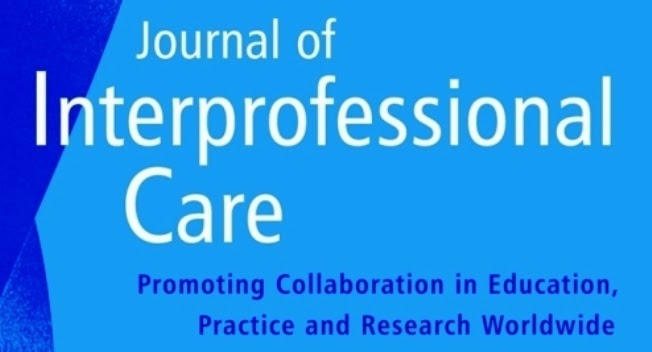Benard Moss is an Emeritus Professor from the Social Work Education and Spirituality department at Staffordshire University. The goal of the textbook is to enhance essential communication skills for students and team members to promote best practice. The textbook is aimed at social workers but reference to probation officers, doctors, nurses, paramedics, teachers, police officers, youth workers, advice workers, and faith community leaders is also included. Moss engages his readers with a witty, easy-to-read style that entices readers to think about each topicthrough practical scenarios. Throughout each chapter activities are incorporated creating an interactive book that allows readers to apply the concepts to practical situations they have or have not yet encountered.
Moss highlights important aspects of communication froma variety of situations such as “Breaking Bad News,” “Chairing Meetings,” or “Court Room.” The textbook reviews current research regarding these different topics on professional communication skills in health care settings. Adequate references are used for each section and suggested readings are identified for readers who are interested in learning more about a topic. The textbook refers to situations that occur in England but remains applicable for international interpretation, especially for English speaking regions such as Canada, United States,and Australia.
This textbook is designed for individuals who are beginning their journey in people-work to adopt necessary communication skills. Moss refers to people-workers as individuals who provide confidential assistance to individuals. Moss identifies that the textbook is as an overview of adequate communication in the health and social care profession. For individuals who require further understanding in an area of communication, Moss suggests other readings to assist the reader.
Each chapter follows a similar organization of topics.Chapters start with a paragraph overview of the general research on a topic, incorporates activities, provides examples of practical situations, and ends with a “Final Thoughts” section to review each of the main concepts. This format allows readers to digest the information. The activities summarize the previous content and touch on proceeding paragraphs, allowing readers to build on the ideas presented. The examples provide suggested phrases to use in challenging situations to help the reader develop their own repertoire of professional wording. The “Final Thoughts” section brings all the concepts together in a short paragraph reminding readers of the key concepts. Each section ends with a list of other topics covered in the textbook that are directly related to the one discussed linking topics together appropriately.
Overall, Moss provides a useful guide for enhanced communication for individuals in the social and health care professions to apply the skills learned in this book to day-to-day interactions. The book is a concise overview that allows professionals to enhance their practice without spending extended time reviewing multiple textbooks. I readily recommend this to students, people-workers, and educators as a useful resource for enhancing collaborative communication.
Review by
Lorelle Kerik, Registered Kinesiologist, Lifemark Health Centre
Communication Skills in Health and Social Care (3rd Edition)
Bernard Moss. Thousand Oaks, CA: Sage, 2015
222 pages, $52.95 (paperback) $138.95 (hardcover) – Canadian Dollars
ISBN: 978-1-4739-1276-2
